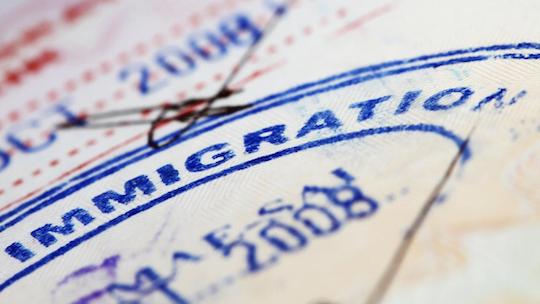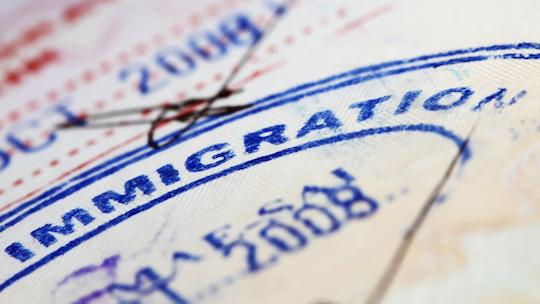HOUSTON – (March 16, 2023) – The U.S. immigration system is slow and stymied by politics, but the border crisis represents an opportunity to address gaps in the American labor market, according to a new report from Rice University’s Baker Institute for Public Policy.
The report, which combines the results of interviews from immigration scholars, lawyers and psychologists, sheds additional light on the situation at the U.S.-Mexico border and provides potential paths to a solution.
According to Tony Payan, director of the Baker Institute’s Center for the U.S. and Mexico, and Elizabeth Mendoza, a Houston immigration lawyer, the system is too slow to respond to migrant surges because of a lack of capacity to process the number of people arriving, thanks in large part to limited resources allocated by the government to the southern border.

Many Americans support immigration reform, but that hasn’t translated into legislative action due to “profound divisions between Democrats and Republicans,” according to the report.
According to a Pew Research Center survey, Democrats prioritize paths to legal status for immigrants (especially children), while Republicans’ main concern is border security and the deportation of those living in the U.S. illegally. The result has been political paralysis, with few alternatives for dealing with the crisis, according to the report.
“With Democrats losing their majority in the House of Representatives in the 2022 midterm elections, the chances of Congress passing any significant pro-immigrant legislation have diminished,” it read. “Furthermore, the Republican majority on the Supreme Court makes legal challenges on immigration policies taken by the executive branch without congressional action more likely.”
A deeper issue discussed in the interviews was the fact that the current immigration system is not built to respond to America’s labor market needs.
“The border crisis represents an opportunity to address gaps in the U.S. labor market, particularly in light of current demographic changes in the country,” according to José Iván Rodríguez-Sánchez, research scholar at the Baker Institute. “As the U.S. population ages and fertility rates decrease, labor shortages are deepening. Although evidence shows that immigrants represent up to 70% of its labor force in some economic sectors, the U.S. government has failed to connect the dots.”

